The formative years of a child’s development is undoubtedly one of the most crucial times of one’s life. Unable to overstate its importance, early childhood experiences both shape and mould the foundation of a child’s future in regards to the development of social skills, lifelong learning abilities, cognitive skills and future relationships among many others.
Supported by a plethora of scientific research, the structure of one’s early childhood is an essential building block resemblant of one’s future. In this article we’ll specifically be delving into the importance of creativity during these years, a little bit about the science behind it as well as provide some tips and tricks on how to encourage creativity in the daily activities of children.
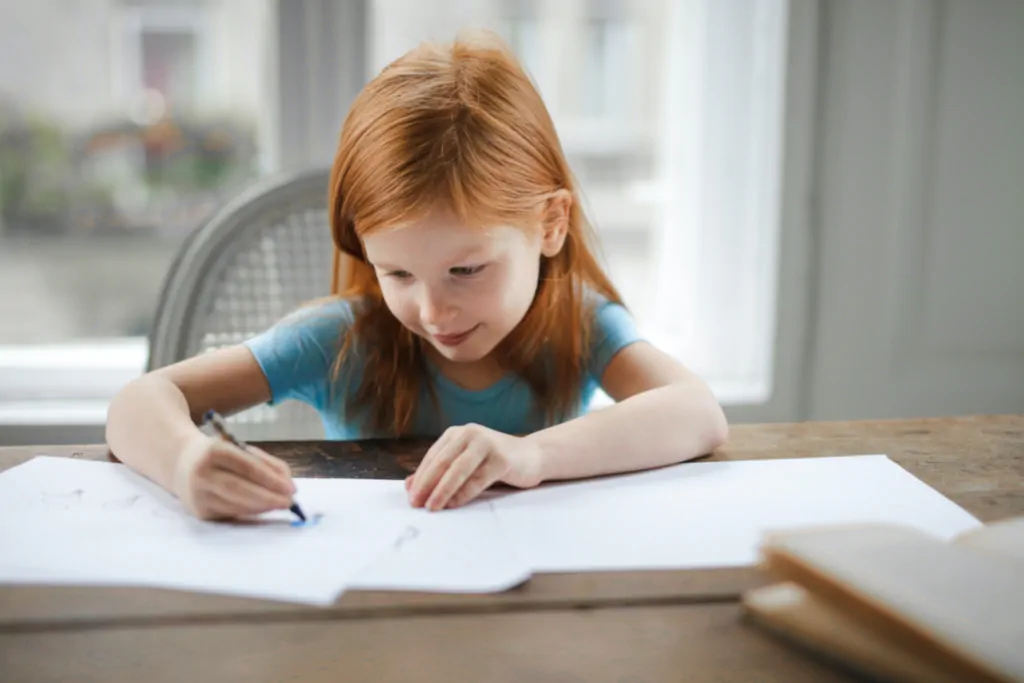
When thinking about what skills need to be fostered in the formative years, we usually think of speaking, writing, reading, problem solving and counting. Although these are important, incorporation of creativity is just as, if not more essential. It is often assumed that creativity or an artistic inclination is something that is intrinsic or a present at birth. Well, we’re here to let you know that this is in fact not true.
Although there are some genetic factors behind creativity in children, it is predominantly fostered by their environment and upbringing. Creativity is a way of thinking or expressing yourself through invention and discovery. By carrying out regular creative practises, children can develop artistic motivation, stimulate their imagination and become increasingly inventive!
Psychology & Parenting
Within the psychological sphere, a number of studies have confirmed the link between adult creativity levels and prior parenting styles. As we know, the environment in which children are raised is increasingly important in regards to their development. The two main types of parenting in regards to creativity are that of the active parent and the passive parent. Parenthood can at times become exceptionally overwhelming and taking on an active role in all aspects of a child’s life can be difficult.
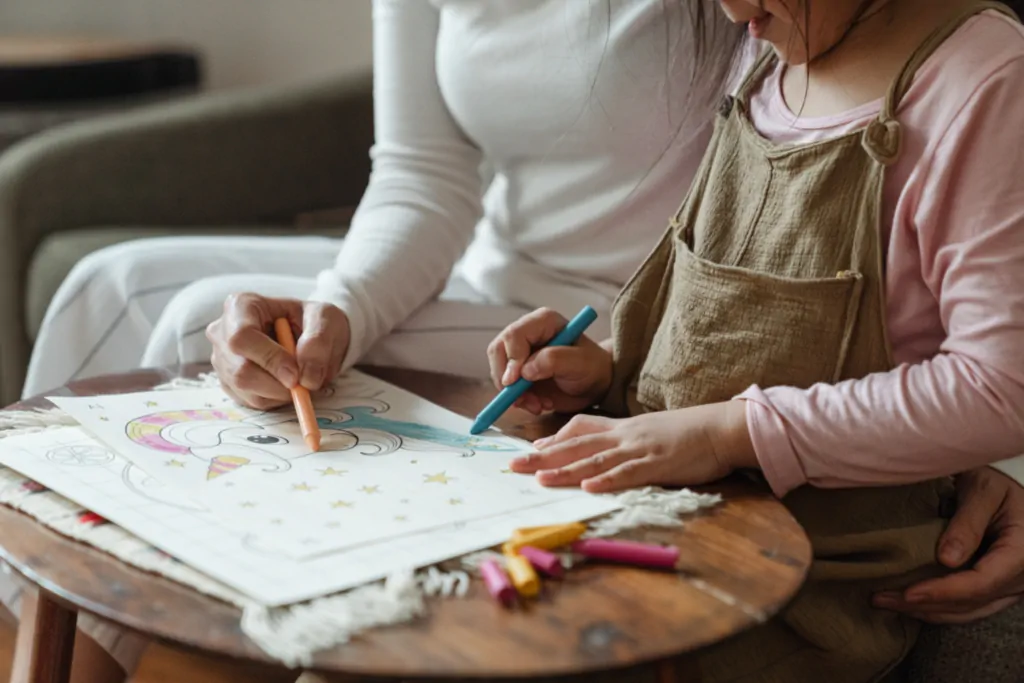
However, it has been proven that children who are raised using an active approach to creativity are more likely to develop creative skills into their adulthood. For example, active parents will provide access to arts, crafts, instruments, books and media from a young age with which the child is encouraged to interact. In contrast, passive parents are less likely to go out of their way to provide the tools necessary to spur creativity. Additionally, parental styles that are characterised by active involvement and acceptance are positively correlated with high rates of creativity, out of the box thinking, autonomy and lower levels of conformity in children.
From the time that they are born, children are instinctively imaginative, creative and adopt a magic-oriented way of thinking. When nurtured effectively, this can develop into lifelong creativity as well as an increased capacity to challenge the world, ask questions and make discoveries. With this in mind, it is important to try to adopt an active parenting style in regards to creativity as much as possible in order to create an environment where children can use their imagination and cathartically release their creative energy. In order for this to be possible, ample opportunities, supplies and materials of some form should be readily available to children.
What is Creativity?
Creativity is defined as the ability to produce, recognize or use original and unusual ideas. This involves considering possible alternatives, engaging in problem solving, entertaining and communicating with ourselves and others. In the era of globalization and modernization, creativity is understandably a key factor in parenting in order to nurture creativity and encourage self-expression.
Why is Creativity Important?
Within society, the importance of creativity is often understated, with focus placed instead on statistics, revenue and practical efficiency. This is kind of ironic, given that media, the arts and creation is what people often turn to during times of both happiness and difficulty. Consider this – parties without music, homes without pictures, walls without art, TV without movies.
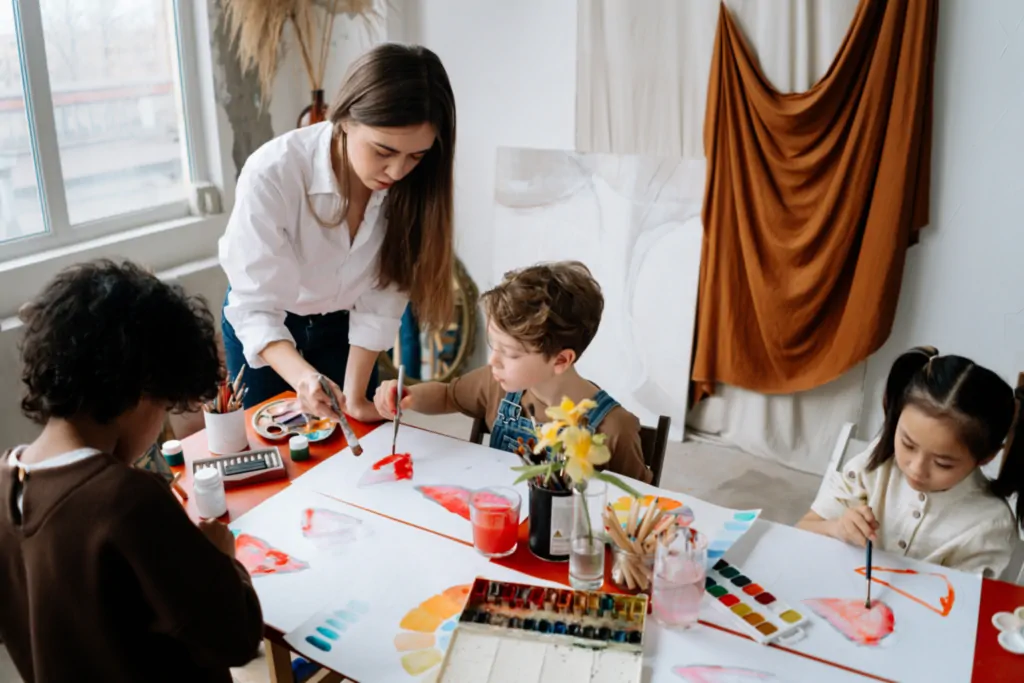
So although sometimes creativity is an afterthought or a background element amongst the chaos of life, we could not go one day without it. The true beauty of the arts lies in its ability to add emotion, meaning and understanding to our lives – whether it be intentional or not. Although so many tend to only appreciate the arts later on in life for its calming, cathartic and therapeutic effects, fostering creativity from an early age can ensure its survival throughout one’s life.
With this in mind, what are the reasons that creativity is so important?
1. Self confidence
Self-confidence and self-esteem are defined as the mental image you have surrounding your self-worth. During childhood development, it is crucial that a positive self-view is created in order to carry it on into adulthood. Having the ability to create tangible arts and crafts on your own works to greatly enhance self-confidence. Being creative teaches children about patience, mistakes and growth.
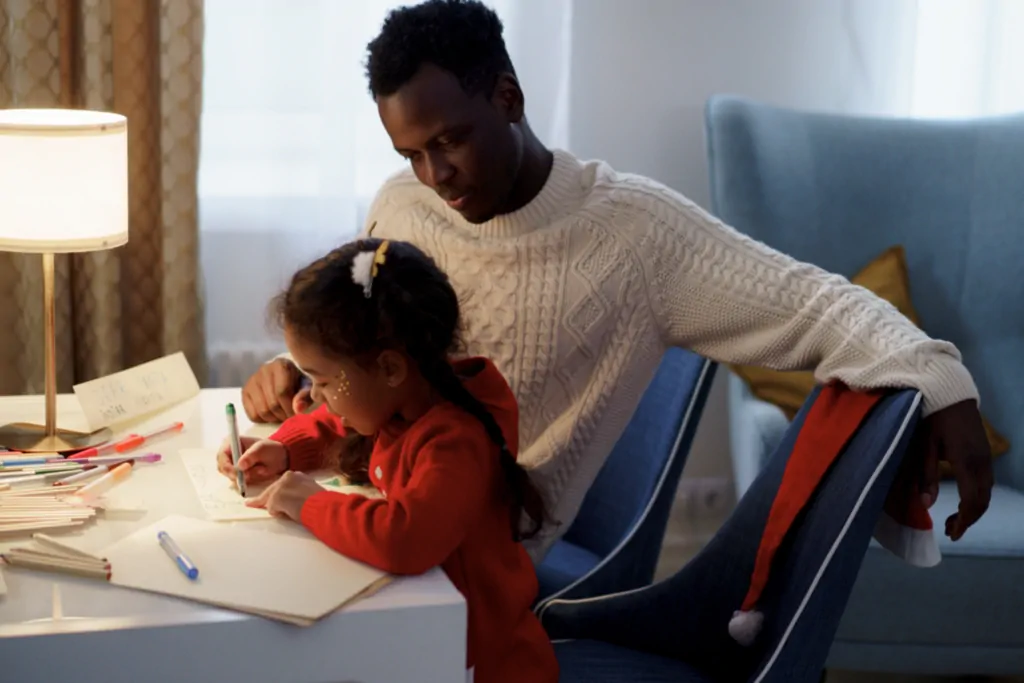
As a parent, being actively involved in this process and praising your children for their use of creativity works as a form of positive reinforcement. This positive reinforcement will solidify cognitive pathways regarding art as well as help create positive mental schemas towards creativity. Instilling a feeling of satisfaction in your child will translate feelings of pride, further improving their self-confidence. Consider displaying the art that your child makes in your home and show it to your family.
2. Problem solving skills
Because creativity is predominantly a spontaneous activity, children can develop skills to think on the spot, rely on themselves and tackle the problems they encounter. When working on a piece, children will be faced with moments in which they need to make choices – whether that be a colour scheme, choice of material or imaginative idea! This can be explained as the conversion from linear thinking to divergent thinking processes.
Divergent thinking offers multiple solutions, options and paths that can be taken – and you must decide. When children learn to take on problems themselves they are increasingly likely to feel a heightened sense of confidence to do so in future. Creative adults tend to have the ability to carry out unexpected tasks, tackle challenges and solve problems in a way that brings a fresh and unique perspective to situations.
3. Fine motor skills
Working with pencils, paintbrushes, crayons and other kind of materials works to help develop muscles that improve fine motor skills in early development. Learning how to hold art tools at a young age and consistently using them will speed up the process and allow your child to adopt these skills much faster.
What starts as simply cutting paper, tearing cardboard or moulding clay manifests itself in essential everyday skills such as eating, writing or tying your shoes. In addition to fine motor skills, the practise of arts and crafts also strength hand-eye coordination in children, allowing them to use both hands at once for example.
4. Focus and Concentration
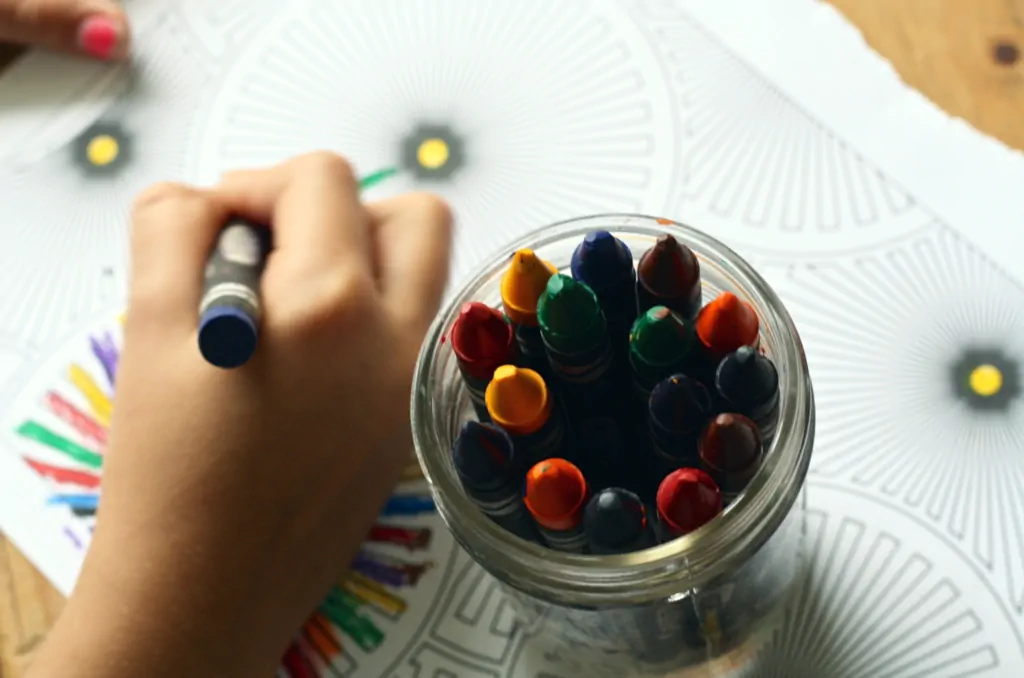
With time, children learn how to concentrate and narrow their attention span to a single task. Creating a calm and stress free space where children can be creative and make art is fundamental in nurturing the development of focus and concentration. Within this environment, children can practise this skill by focusing on the creative task at hand. With persistence and practise, children will learn to concentrate for longer periods of time.
5. Communication
The arts is inherently a very communicative sphere. Whether it be communicating the meaning or emotion behind your piece, or partaking in a group project – art facilitates communication. Engaging in small chats with your child about the creative tasks at hand can work to improve communication skills that will apply in a number of other situations throughout their life. This can also work to develop creative vocabulary as well as a way to better understand your child’s feelings, thought processes and emotions through art.
6. Fun
Despite all the practical reasons why creativity and art in early childhood is great, it’s also simply just fun! Taking time to enjoy the experience of drawing and painting is just as important, acting as an escape from the stresses of everyday life. In having fun, children are able to learn and discover things about the world as well as about themselves.
7. Open mindedness
One of the most well received general traits is open mindedness. With increased globalization and the current movement towards equality of all spheres, open mindedness is a crucial trait to possess. Through creativity and the arts, children can develop skills in which they are able to put aside any differences, prior assumptions or biases they may have. They are then able to look at scenarios and tasks in an increasingly open and accepting way.
8. Socializing
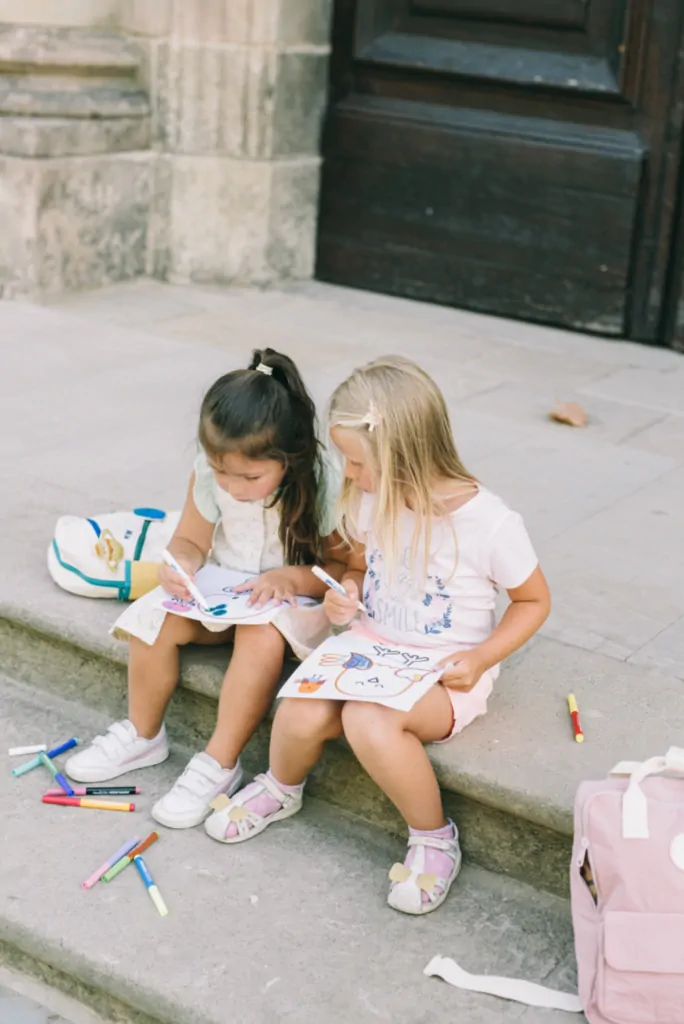
As we know, art brings people together – literally and metaphorically. Children who engage in creative tasks are likely to be approached by others as a group activity forms. This serves as a great way to socialize and make friends, a crucial skill in later adulthood. Through all kinds of creative activities, people can connect with each other, foster friendships and develop mutual appreciation for one another.
9. Arithmetic development
Although art is often considered a less important activity compared to that of mathematics, science or English, it actually serves as a facilitator of elements of other subjects. Art reflects science, technology and mathematics to name a few. For example, during arts and crafts, children are expected to take count of different shapes, sizes, position and contexts. In doing so, other skills are improved too.
10. Self-expression
Taking the time to sit with your thoughts and be creative is a great way to bring about self-expression, especially in children. Arts and crafts can serve as an outlet to express emotions, relate to friends, family and peers, and even divulge their vulnerabilities. Children will often draw, paint or create visualization of their future dreams as well as their perception of current life.
Children in very early development might not yet possess the vocabulary or speaking skills to clearly express their thoughts and feelings. As a parent, it’s important to pay attention to this, and foster environments in which your children are able to creatively express themselves.
Tips, Tricks and Activities to Encourage Creativity
As I’m sure you know, there are a multitude of ways to inspire creativity in children. At times it can feel overwhelming, and difficult to know where to start. We’ve laid out a list of some activities and tasks you can implement at home to encourage creativity in your family.
For a more detailed outline and plan, visit our article on the top 10 ways to inspire creativity at home.














0 Comments